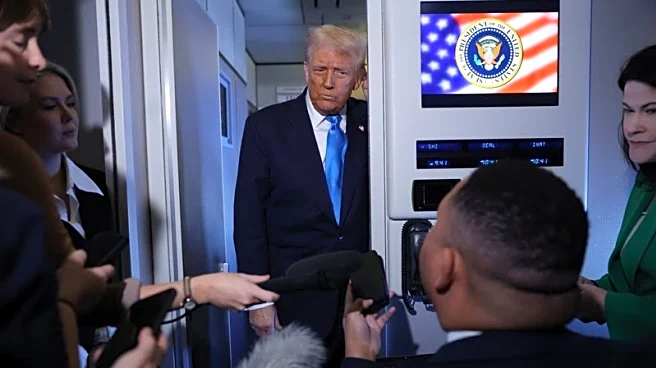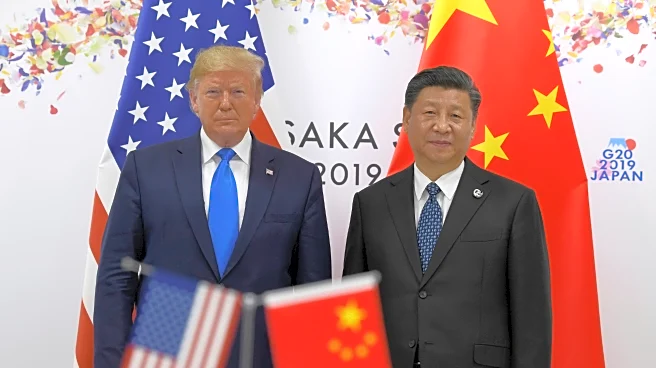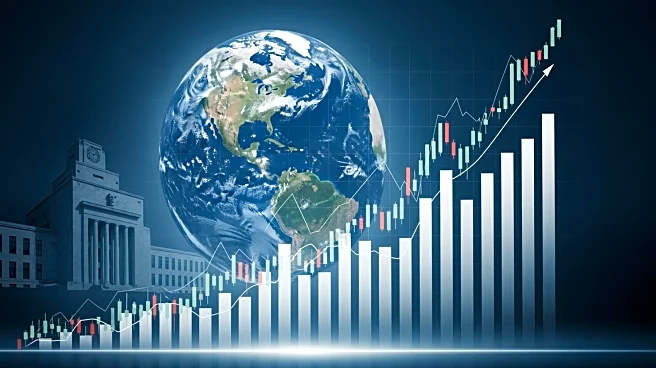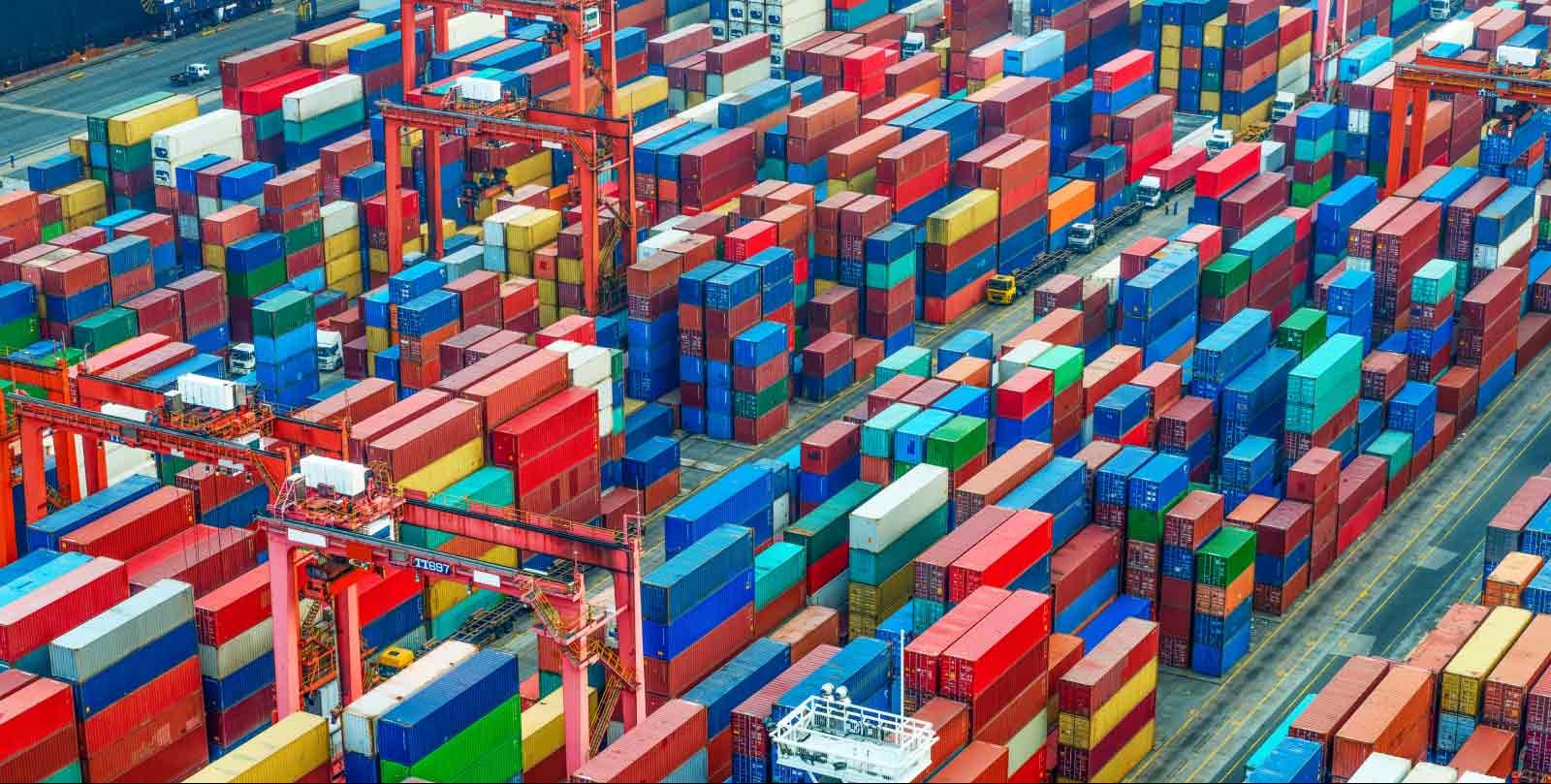What's Happening?
South Korea's economy has shown significant growth in the third quarter of 2025, with its GDP expanding at the fastest rate in over a year. According to the Bank of Korea, the GDP rose by 1.7% year-on-year, surpassing the 1.5% growth anticipated by economists.
This growth was primarily driven by a robust performance in exports and the manufacturing sector, which expanded by 6% and 3.3% respectively. The increase in exports was largely due to higher shipments of semiconductors and motor vehicles. However, the construction sector experienced a significant contraction of 8.1%, posing a challenge to the overall economic growth. Despite the positive figures, experts noted that the growth rate was influenced by low base effects from the previous year, and there was a slowdown in quarter-on-quarter export growth.
Why It's Important?
The growth in South Korea's GDP is a positive indicator for the country's economy, especially amid global economic uncertainties. The strong performance in exports, particularly in semiconductors, highlights South Korea's critical role in the global tech supply chain. However, the contraction in the construction sector and the potential impacts of U.S. tariffs on exports present challenges that could affect future growth. The economic expansion is crucial for maintaining investor confidence and supporting domestic consumption, which is expected to be a key driver of growth moving forward. The situation underscores the importance of balancing export-driven growth with domestic economic policies to ensure sustainable development.
What's Next?
Looking ahead, South Korea is expected to focus on bolstering domestic demand and consumption to sustain its economic recovery. The government may implement expansionary fiscal policies to support growth, particularly in sectors like construction that are currently underperforming. Additionally, the ongoing global demand for semiconductors is likely to continue supporting export growth. However, the potential expansion of U.S. tariffs could pose risks to South Korea's export sector, necessitating strategic adjustments in trade policies. Stakeholders will be closely monitoring these developments to assess their impact on the broader economic landscape.















